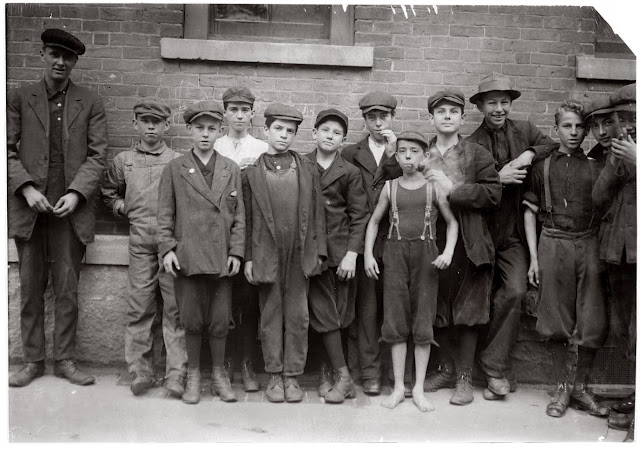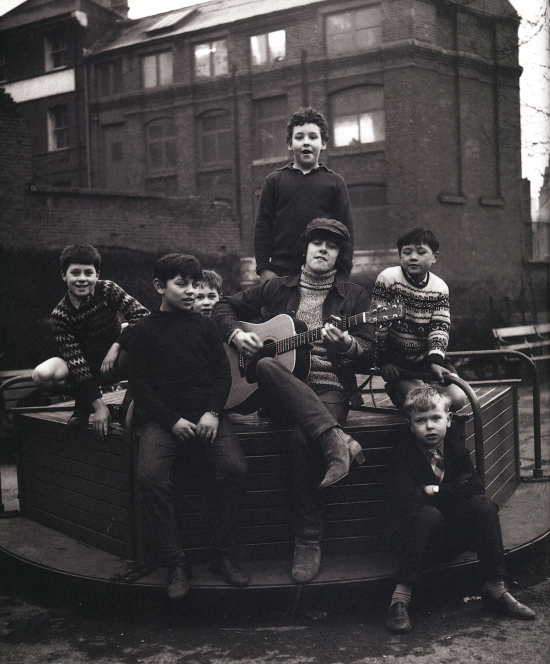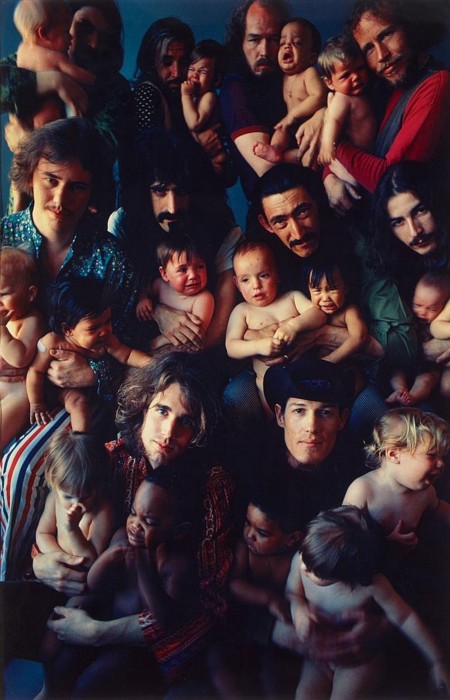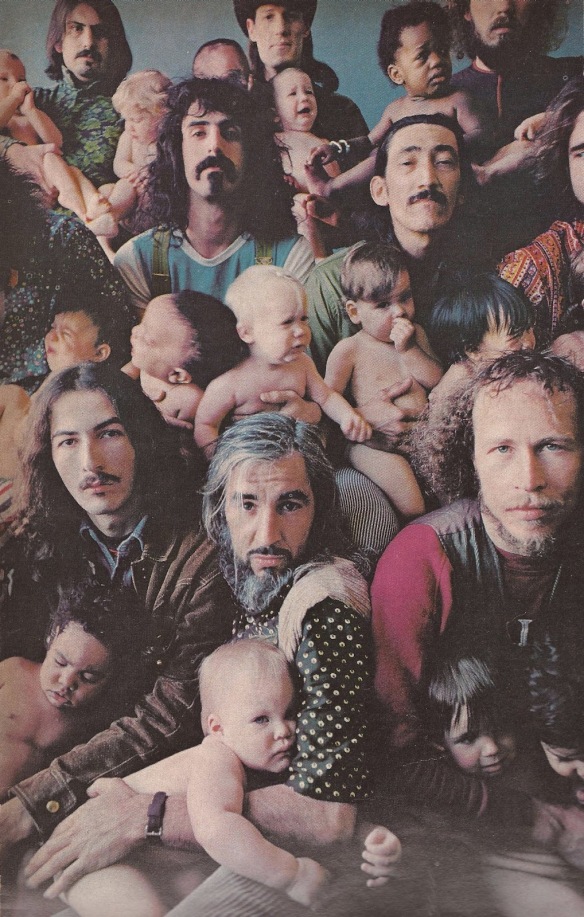 Marie-Thérèse Walter at 19 with her mother’s dog Dolly.
Marie-Thérèse Walter at 19 with her mother’s dog Dolly.
Marie-Thérèse Walter (13 July 1909 – 20 October 1977) was the French mistress and model of Pablo Picasso from 1927 to about 1935, and the mother of his daughter, Maya Widmaier-Picasso.
On 8 January 1927, Marie first met Picasso in front of the Galeries Lafayette in Paris. Author Herbert T. Schwartz dates their first meeting back to January 1925, at Gare Saint-Lazare, Paris; whereas author Roy MacGregor-Hastie dates the encounter up to 8 January 1928.
At that time she was seventeen years old; he was 45 and still living with his first wife, Olga Khokhlova, a Russian ballerina, with whom he had a five-year-old son.
He and Marie-Thérèse, began a relationship, which was kept secret from his wife until 1935. From 1927 onwards, Walter lived close to Picasso’s family, who lived in an apartment provided by and next door to his art dealer and friend, Paul Rosenberg, in Rue La Boétie. From 1930, she stayed in a house opposite Picasso’s at Rue La Boétie 44. It ended when Picasso moved on to his next mistress, artist Dora Maar.








 In Picasso’s paintings, Walter appears as blonde, sunny, and bright, as in Le Rêve (1932) or in Woman with Yellow Hair (1931), in contrast to his darker portrayal of Dora Maar, whom Picasso painted as the tortured “weeping woman”. Picasso documented their early years together, albeit cryptically, by including the monograms “MT” and “MTP” in his still lifes and portraits of the time.
In Picasso’s paintings, Walter appears as blonde, sunny, and bright, as in Le Rêve (1932) or in Woman with Yellow Hair (1931), in contrast to his darker portrayal of Dora Maar, whom Picasso painted as the tortured “weeping woman”. Picasso documented their early years together, albeit cryptically, by including the monograms “MT” and “MTP” in his still lifes and portraits of the time.
In July 1930, Picasso bought a castle at Boisgeloup close to Gisors in the Normandie, which he used as a studio for sculptures mainly. Marie was the unseen shadow of the family and became his model and muse for both paintings and sculptures.
 Marie-Thérèse nursing little Maya. Photograph by Pablo Picasso, 1936
Marie-Thérèse nursing little Maya. Photograph by Pablo Picasso, 1936
In 1935, Marie became pregnant. When Picasso’s wife, Olga, was informed by a friend that her husband had a longtime mistress who was expecting a child, she immediately left Picasso and moved to the South of France with their son Paulo. Picasso and Olga never divorced, because Picasso wanted to avoid the even division of property dictated by French law; instead, they lived separately until her death in 1955.
On 5 September 1935, Picasso and Marie’s daughter, María de la Concepción, called “Maya”, was born. Marie and Maya stayed with Picasso at Juan-les-Pins in the South of France from 25 March to 14 May 1936, and then at Le Tremblay-sur-Mauldre, 25 kilometres from Versailles, where Picasso visited on the weekends and some weekdays to play with his daughter. Maya also modelled for some of his paintings, including Maya with Doll (1938).
 Maya à la poupée, Pablo Picasso, 1938
Maya à la poupée, Pablo Picasso, 1938





















 Kate Moss with children. Photos by Bruce Weber
Kate Moss with children. Photos by Bruce Weber Drew Barrymore as scout by Mark Seliger
Drew Barrymore as scout by Mark Seliger French kids imitate Dizzy Gillespie’s cheeks in Nice (France) by Milt Hinton, 1981
French kids imitate Dizzy Gillespie’s cheeks in Nice (France) by Milt Hinton, 1981
 Bob Dylan and kids, Liverpool, England, 1966. Barry Feinstein
Bob Dylan and kids, Liverpool, England, 1966. Barry Feinstein



